摘要:本文主要描述了FFmpeg中用于打开编解码器接口avcodec_open2大致流程的具体调用流程,详细描述了该接口被调用时所作的具体工作。
关键字:ffmpeg、avcodec_open2大致流程
注意:读者需要了解FFmpeg的基本使用流程,以及一些FFmpeg的基本常识,了解FFmpegIO相关的内容,以及大致的解码流程。
1 avcodec_open2大致流程
打开codec(codec和编码器统称为codec)前需要通过avcodec_find_decoder找到具体的codec,该函数的实现本身就是遍历FFmpeg内部的一个全局codec_list,该列表存储了目前FFmpeg设置成的所有codec和编码器的AVCodec指针。
找到codecAVCodec之后需要自己通过avcodec_alloc_context3创建一个AVCodecContext的对象,该对象描述了当前codec的上下文,包含了一些流相关的信息,而AVCodec仅仅描述codec本身和流无关。一切准备好之后就需要调用avcodec_open2打开codec。
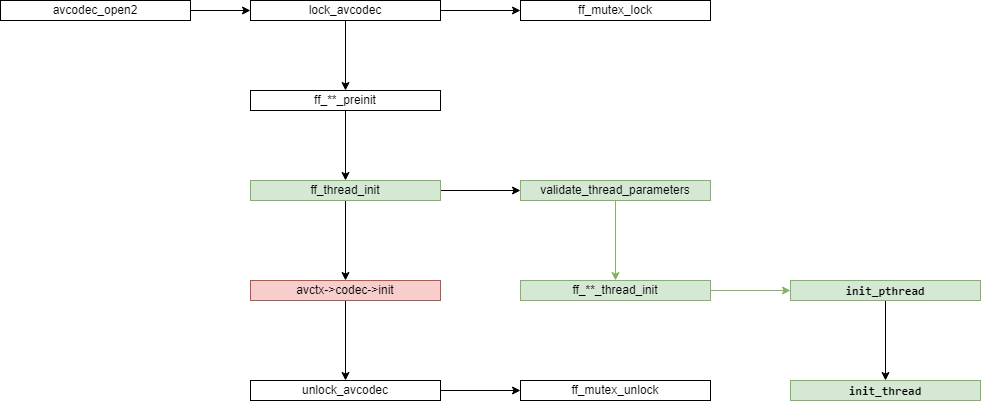
2 调用流程详情
从上面的流程中能够看出来avcodec_open2主要做了三件事情:
- 参数检查与设置;
- 初始化codec线程;
- 初始化codec。
参数设置基本上都是一个基本涉及解码过程的参数。首先是进行一些基本的参数设置与检查然后对codec的加锁,该锁是一个全局锁,所以这部分是线程安全的。FFmpeg使用的锁和线程相关都是pthread。
static AVMutex codec_mutex = AV_MUTEX_INITIALIZER;
中间还有一些基本的参数设置与检查就不细细描述了。
初始化codec时会创建一个AVCodecDescriptorcodec描述,这个也是从一个内部的全局表格codec_descriptors中搜索得到的。之后会根据当前codec的类型分别调用ff_encode_preinit和ff_decode_preinit做一些基本的初始化,这里面也是对当前codec的一些基本参数设置和一些和codec本身相关的对象的创建。而最终的codec初始化就是调用具体的codec初始化函数指针进行。
avctx->codec->init就是一个函数指针,每个codec对象都有初始化,编解码相关的接口,这里直接调用的是具体codec内部的函数指针。比如H264解码的AVCodec的指针为如下所示。
const AVCodec ff_h264_decoder = {
.name = "h264",
.long_name = NULL_IF_CONFIG_SMALL("H.264 / AVC / MPEG-4 AVC / MPEG-4 part 10"),
.type = AVMEDIA_TYPE_VIDEO,
.id = AV_CODEC_ID_H264,
.priv_data_size = sizeof(H264Context),
.init = h264_decode_init,
.close = h264_decode_end,
.decode = h264_decode_frame,
//....
}
线程初始化。ff_thread_init用于初始化codec运行时的解码线程内部会创建多个线程的context并初始化,初始化最终调用的是pthread_***_init接口进行初始化。
err = init_pthread(fctx, thread_ctx_offsets);
if (err < 0) {
free_pthread(fctx, thread_ctx_offsets);
av_freep(&avctx->internal->thread_ctx);
return err;
}
fctx->async_lock = 1;
fctx->delaying = 1;
if (codec->type == AVMEDIA_TYPE_VIDEO)
avctx->delay = src->thread_count - 1;
fctx->threads = av_mallocz_array(thread_count, sizeof(PerThreadContext));
if (!fctx->threads) {
err = AVERROR(ENOMEM);
goto error;
}
for (; i < thread_count; ) {
PerThreadContext *p = &fctx->threads[i];
int first = !i;
err = init_thread(p, &i, fctx, avctx, src, codec, first);
if (err < 0)
goto error;
}
3 其他细节
avcodec_open2参数部分针对解码器和编码器的不同有区分,具体的代码就是下面这部分
if (av_codec_is_decoder(avctx->codec)) {
if (!avctx->bit_rate)
//这里的码率获取是根据数据源的不同而不同的,非音频流都是返回avtx的bitrate。而音频流则需要根据当前的解码器参数进行计算避免参数不一致
avctx->bit_rate = get_bit_rate(avctx);
/* validate channel layout from the decoder */
if (avctx->channel_layout) {
int channels = av_get_channel_layout_nb_channels(avctx->channel_layout);
if (!avctx->channels)
avctx->channels = channels;
else if (channels != avctx->channels) {
char buf[512];
av_get_channel_layout_string(buf, sizeof(buf), -1, avctx->channel_layout);
av_log(avctx, AV_LOG_WARNING,
"Channel layout '%s' with %d channels does not match specified number of channels %d: "
"ignoring specified channel layout\n",
buf, channels, avctx->channels);
avctx->channel_layout = 0;
}
}
if (avctx->channels && avctx->channels < 0 ||
avctx->channels > FF_SANE_NB_CHANNELS) {
ret = AVERROR(EINVAL);
goto free_and_end;
}
if (avctx->bits_per_coded_sample < 0) {
ret = AVERROR(EINVAL);
goto free_and_end;
}
#if FF_API_AVCTX_TIMEBASE
if (avctx->framerate.num > 0 && avctx->framerate.den > 0)
avctx->time_base = av_inv_q(av_mul_q(avctx->framerate, (AVRational){avctx->ticks_per_frame, 1}));
#endif
}
预先初始化时解码器和编码器分别调用的ff_decode_preinit和ff_encode_preinit。
ff_decode_preinit主要就是初始化AVBSFContext,其他都是对参数进行校验。
ff_encode_preinit中会检查编码器和编码器Context的参数是不是能够对上如果对不上就会尝试校正,这些参数包括音频通道数,视频色彩范围,音频采样率、音频layout等等。
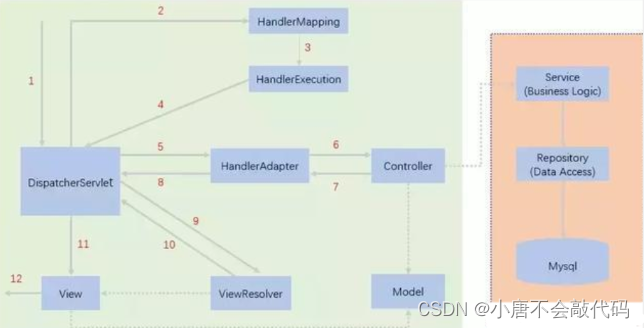


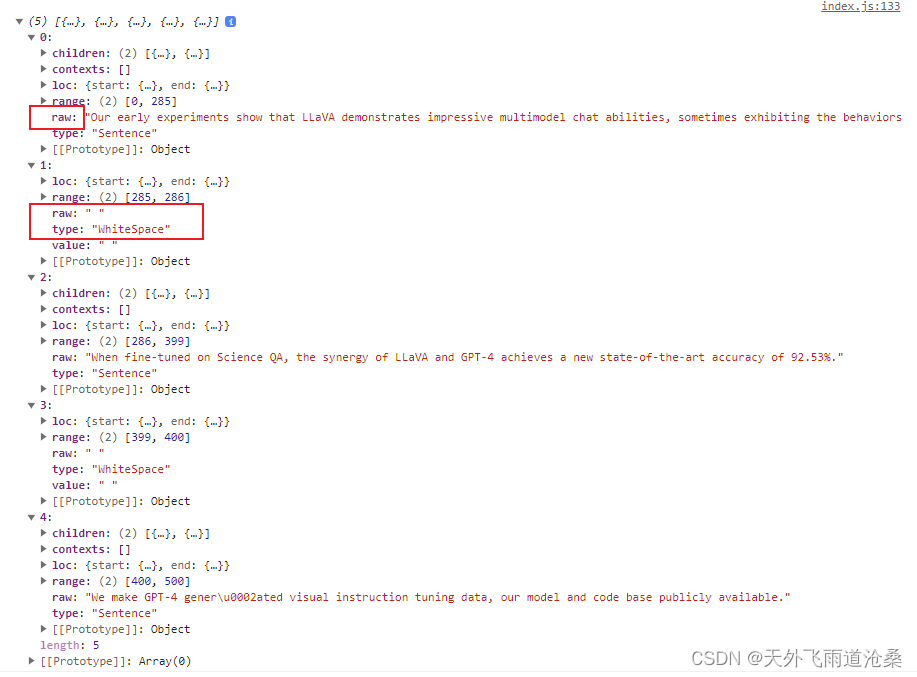
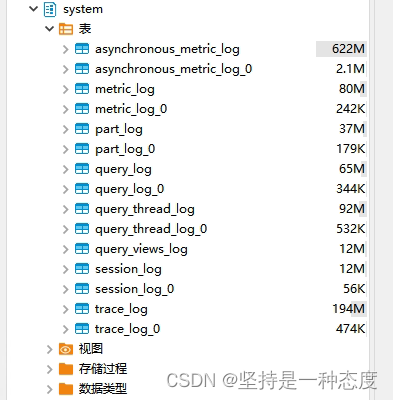
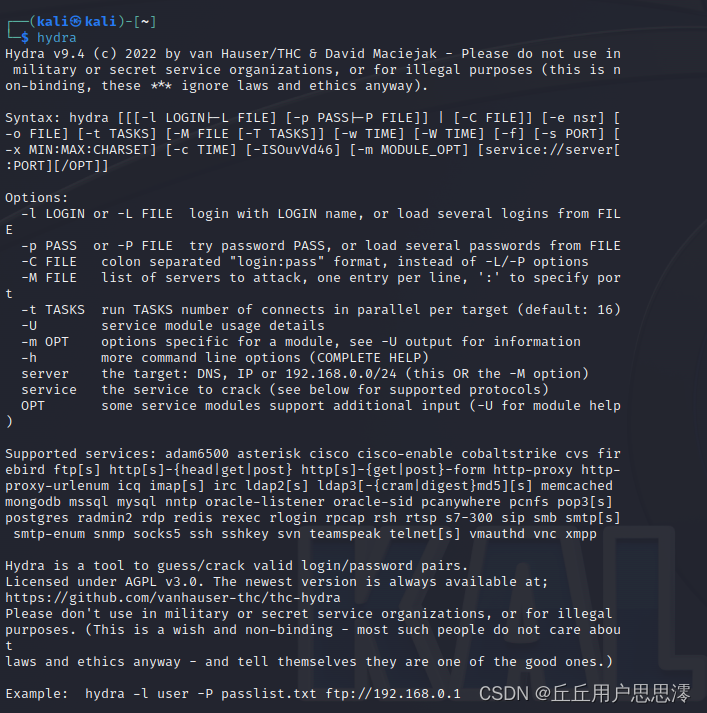





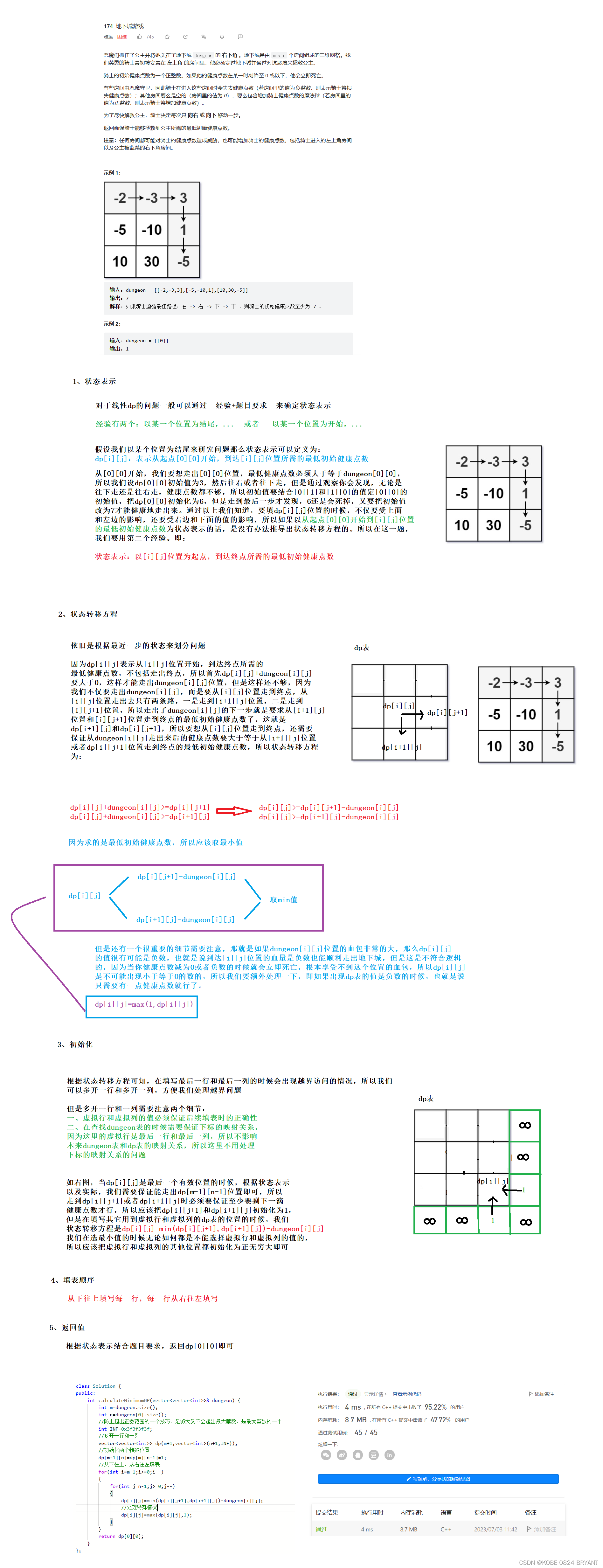

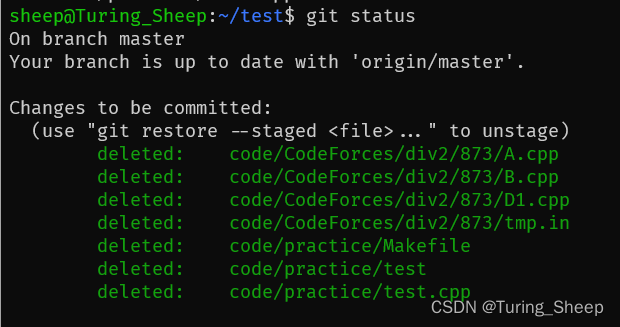



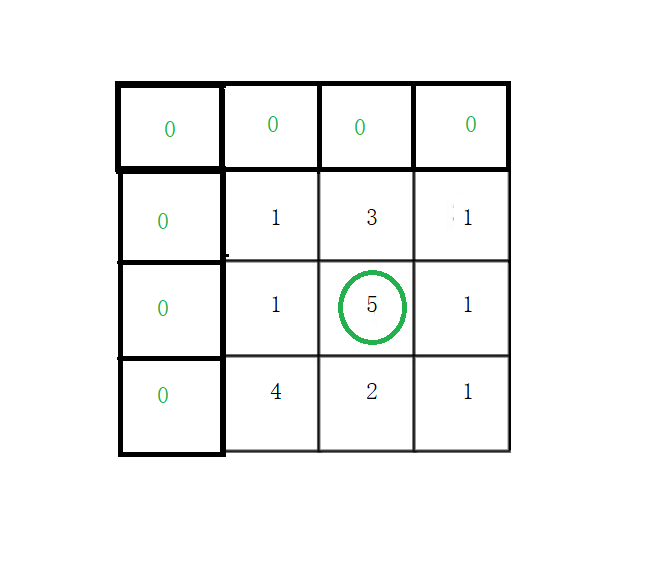
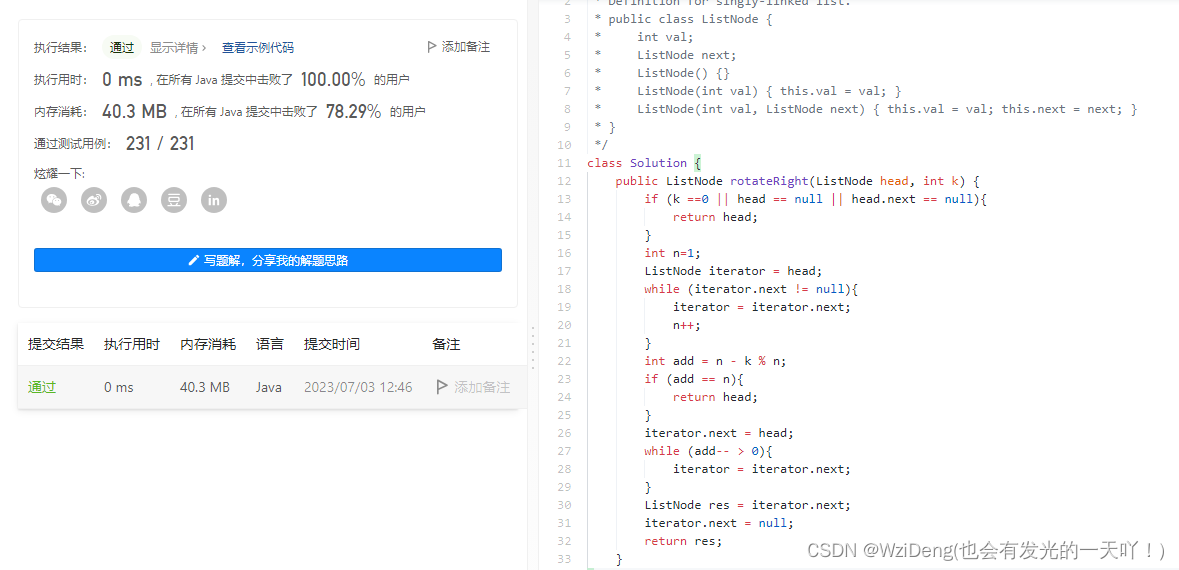
](https://img-blog.csdnimg.cn/f4125da150c448d79014f6d0bb6c465e.png)